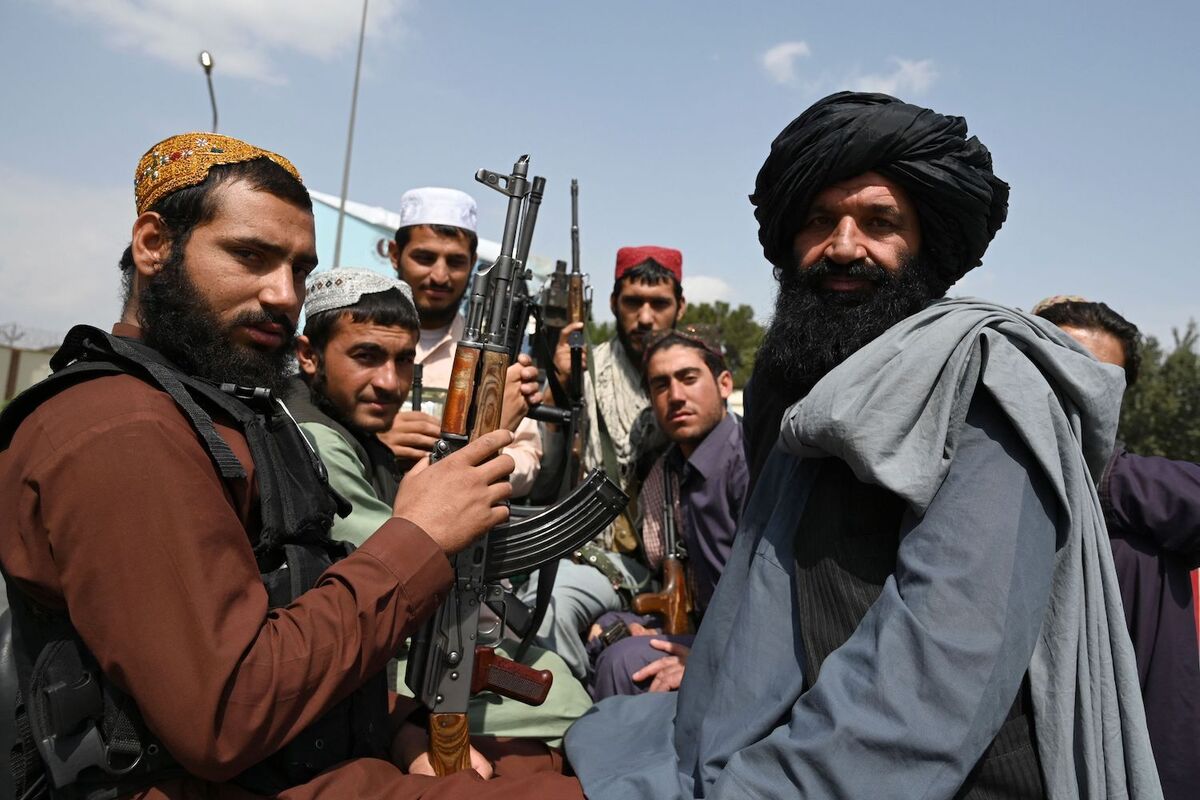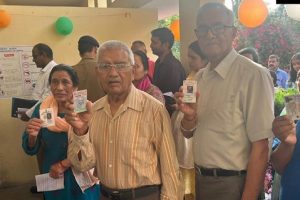It was widely expected that the Taliban’s return to power in Afghanistan would boost the morale of all other terrorist and extremist organizations. In the case of South Asia, the region has been grappling with the issue of terrorism for a very long time and where Pakistan has used terror as state policy unabashedly.
However, what is equally perturbing is the fact that the return of the Taliban in Kabul has intensified the sectarian and communal strife in South Asia. The United States had entered Afghanistan to uproot the Taliban and eliminate Al-Qaeda. Both these objectives remained unfulfilled when they withdrew. It was almost certain that the Taliban would return to power once the Americans were gone and would complicate the security situation in South Asia. Perhaps anticipating the Taliban’s return in Afghanistan, the US had opened negotiations with the terrorist group it once despised.
The Doha agreement signed between the Taliban and the US was meant to provide an escape route, so that the US withdrawal would look somewhat planned and organized. The US intelligence agencies were already busy developing contacts in the likely future Afghan government. However, everyone including the Americans were surprised by the rapidity with which the Taliban captured power in Afghanistan. The Americans were expecting an inclusive government where Ashraf Ghani would share power with Taliban and in this arrangement, Taliban would at best be a dominant player. No one expected that the Taliban would eliminate all opposition and turn the clock two decades back.
This was a moment of euphoria not only for the Taliban but also for Pakistan. The presence of ISI chief, Lieutenant General Faiz Hameed in Kabul before the government formation of Taliban made it clear that it was a shared victory. Pakistan too has been jubilant, perhaps thinking that it has achieved the strategic depth that it has been seeking all these years.
Pakistan always aspired for a pro-Pakistan government in Kabul, so that it could fully concentrate its energies on destabilizing India. Pakistan also claims that Kashmir is an unfinished agenda of partition and to get Kashmir, Pakistan has been using terror as a tool of foreign policy. In this attempt, now it is also hoping to rope in the Taliban which is sitting pretty in Kabul, after then-President Ashraf Ghani fled the country with all the cash he could lay his hands on.
Even before the Americans withdrew from Afghanistan, a shadowy terror group, Islamic State Khorasan Province (ISKP) raised its head. It killed more than 180 people in the suicide attack on Kabul airport where desperate Afghans and other foreign nationals were trying to flee the country. Among the victims were some US and Afghan soldiers. Things have actually only become worse after the US withdrawal.
In Afghanistan, ISKP is carrying out terror attacks at regular intervals. It is targeting the Muslim Shia community and other minorities. It has carried out terror strikes on Shia mosques in Kunduz and Kandahar provinces in which large numbers of people have been killed. The minuscule Sikh community living in Kabul has also been targeted by them in the past.
Similarly, terror incidents have also increased in Jammu and Kashmir where Pakistan has upped the ante. Pakistan-sponsored terror groups like LeT have increased their activities. They have now changed their tactics. They are targeting Hindu minority population in the Kashmir valley. They had indulged in this activity in the valley in the 1990s and successfully managed to force Kashmiri Pundits, the largest minority of the Kashmir valley, to leave their hearths and home. Most of these people are now living as refugees in Jammu. A significant chunk of their population has also migrated to other parts of India.
Pakistan-based terror groups are now once again indulging in the same tactics and are hoping to force the remaining minority population to leave the valley. They are now acting in collaboration with some local radicalized youths whom they are luring with drugs and money. Pakistan hopes that involvement of some of these radicalized local youths in violence against the minorities will give it local colour. Through this strategy, it hopes to fool the international community.
The violence against minorities has also started in otherwise peaceful Bangladesh. Here the minority Hindu population has been targeted by a section of the radicalized population. The violence started when the Hindus in Bangladesh were celebrating their biggest festival, Durga Puja. This violence was started on the pretext of alleged disrespect shown by some Hindus to the Muslim Holy book.
Actually, this has been a template in Bangladesh followed by the extremists to target the minority population. The return to power of Taliban in Afghanistan has emboldened the Jihadi extremist groups in South Asia. They have now intensified their attacks against the minority population wherever they think they can get away with impunity. Their reckless actions have the potential to throw the region into a major crisis.
(The writer is Associate Fellow, Manohar Parikkar Institute for Defense Studies & Analyses, New Delhi)











